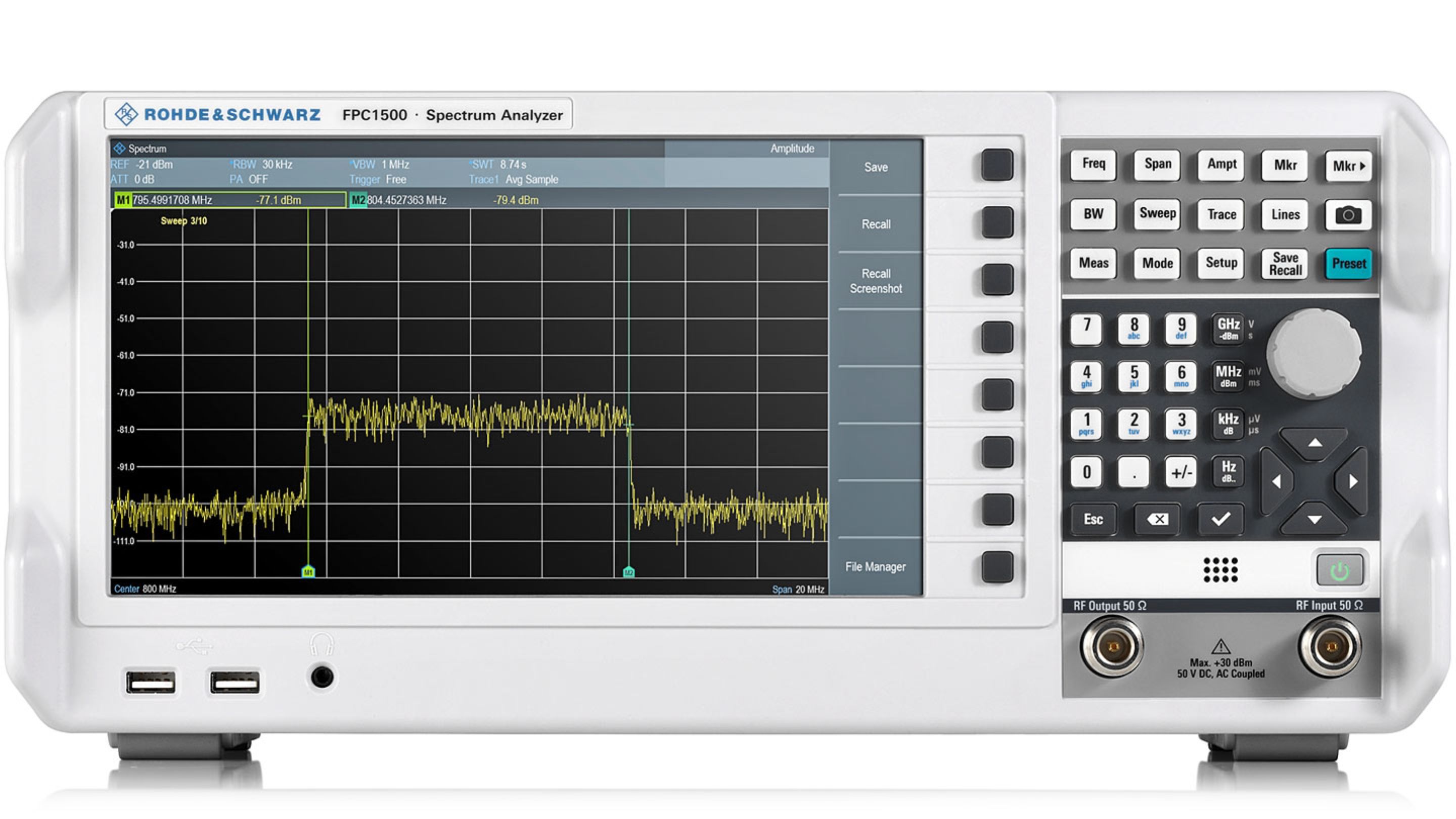


A copy of the datasheet Smith Charts are given for results comparison. All that is required is an accurate graphic of a Smith Chart for use as the chart background image, and a rectangular‑to‑cylindrical coordinate conversion.Īlthough the example given here is used to plot S‑parameters from a file, the possibilities are great for generating any sort of Smith Chart application such as for impedance matching.Ī general-purpose amplifier (RF2321) manufactured by RF Micro Devices is used in this example, and its S-parameter file was downloaded from the RFMD website. This article describes an extremely simple method of implementing a Smith Chart using the built‑in graphing capability of any modern spreadsheet program (Excel is used in this example). If a Smith Chart is included in a spreadsheet, it is usually an image pasted in from some other application. If you appreciate the effort it took to develop this workbook, please consider making a donation to RF Cafe by clicking here (at the bottom of the list).Įngineers use spreadsheets for a myriad of applications from calculating cascaded chains of components to PLL phase noise prediction, but I can never recall seeing S‑parameters plotted in a spreadsheet using a Smith Chart 1. Finally, click here if you would like a fully-detailed Smith Chart, created in Visio, with impedance and admittance lines.
Smith chart network analyzer download#
Click here to download just the background Smith Chart graphic. Click here to download the example workbook. Step-by-step instructions are presented below. Version 2.1 corrects a graphical equation, but does not affect the accuracy of the previous versions (thanks to Peter for alerting me). Version 2.0 adds equivalent denormalized impedance with equivalent resistance and capacitance/inductance values. The workbook shown below used data imported from a typical S-parameter file (in this case an RF2321 amplifier, from RF Micro Devices) and plotted on a chart that uses an image file that contains a Smith Chart. This example Excel workbook demonstrates how easy it is to implement a Smith Chart using only a standard x-y scatter chart and coordinate conversions. The original Smith Chart for Excel that takes s-parameters as input is detailed below. If you download the new edition, you will need to enable the Analysis ToolPak (included with Excel as an Add-In) to perform the complex math. A modification to the original Smith Chart for Excel permits doing so. Please use Chrome or Firefox, or, send me an e-mail)Ī situation arose at work where we needed to be able to plot complex impedance points taken off the network analyzer display and plot them on a Smith Chart. (Note: IE8 sometimes has problems with the ZIP. New Edition Allows Entering Complex Impedance Values Rather Than S-Parameters


 0 kommentar(er)
0 kommentar(er)
